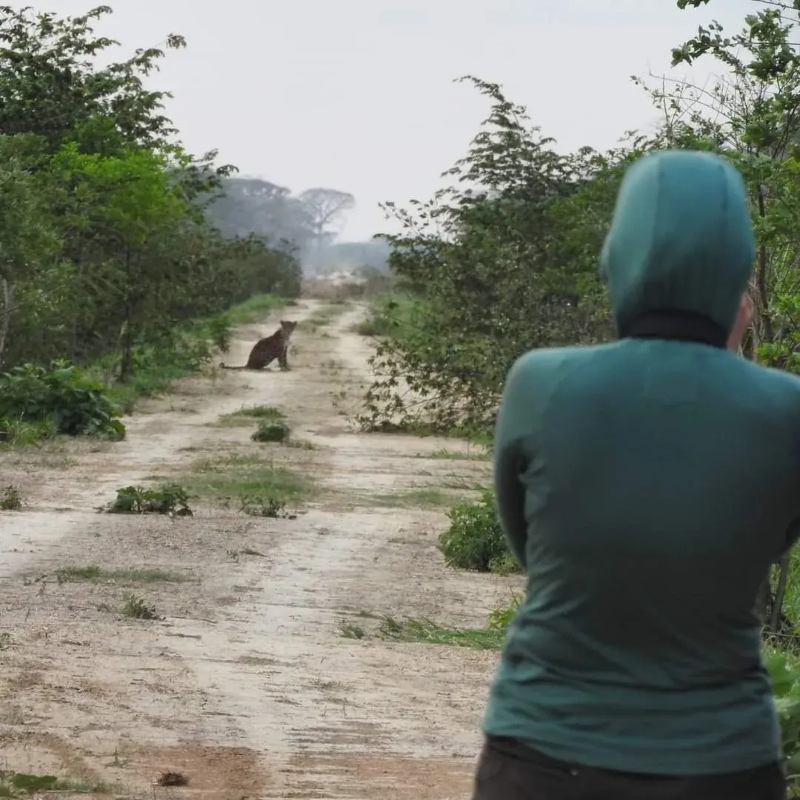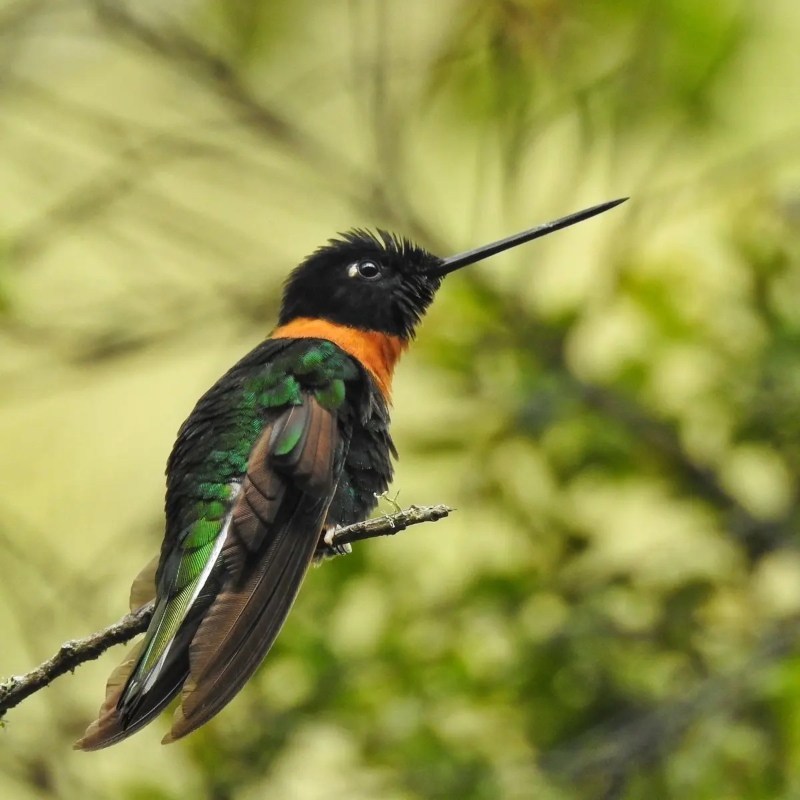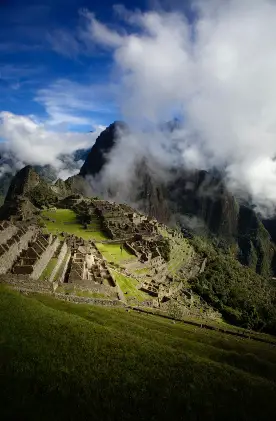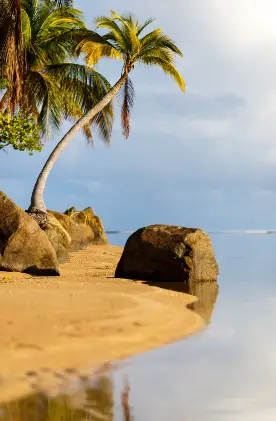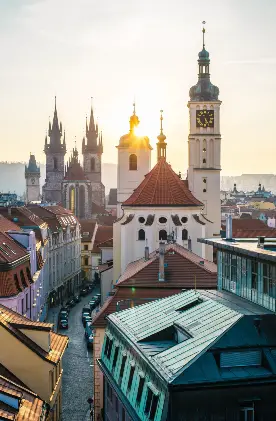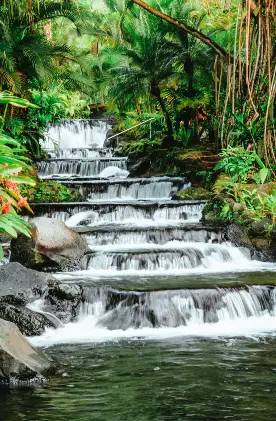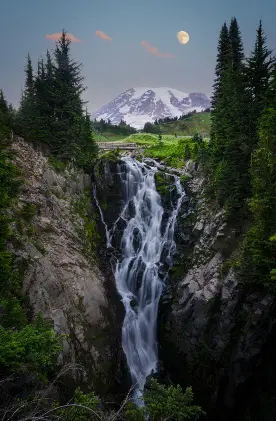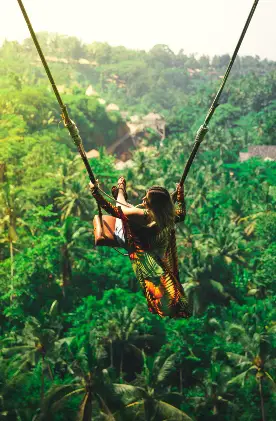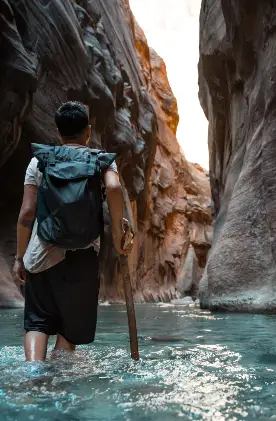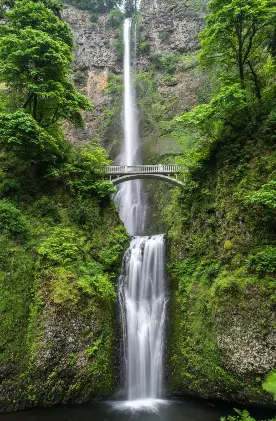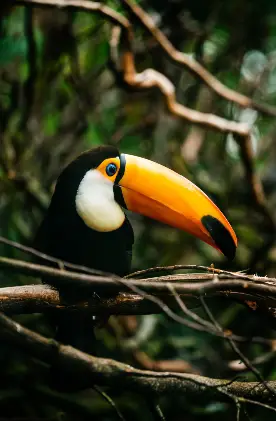Bolivia is a land of diversity. Nestled between its more famous neighbors of Peru, Chile, Argentina and Brazil – this hidden gem of South America offers an abundance of natural wonders to be discovered. From the soaring peaks of the Andes mountains to the dense depths of the Amazon rainforest to the otherworldly allure of the Uyuni Salt Flats, each landscape is unique in its own way. But what really sets Bolivia apart is its wildlife – making it a paradise for those seeking up-close encounters with the animal kingdom.
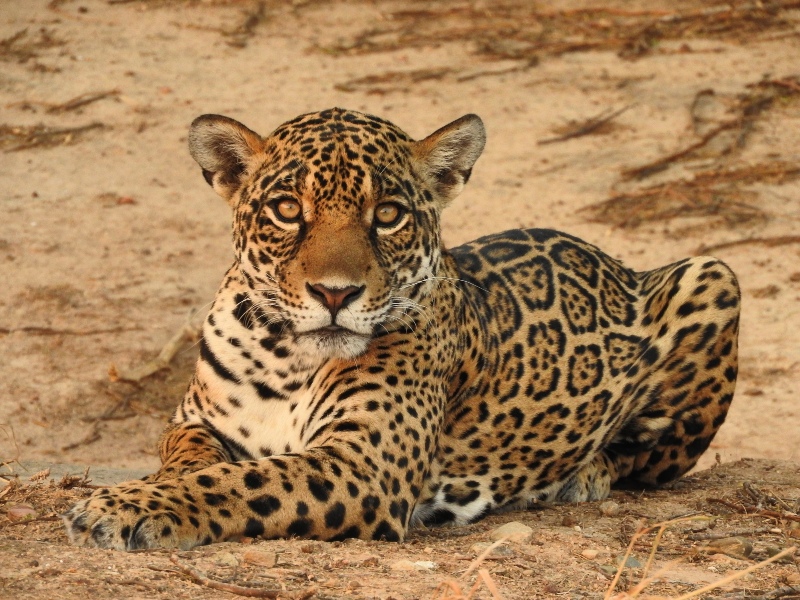
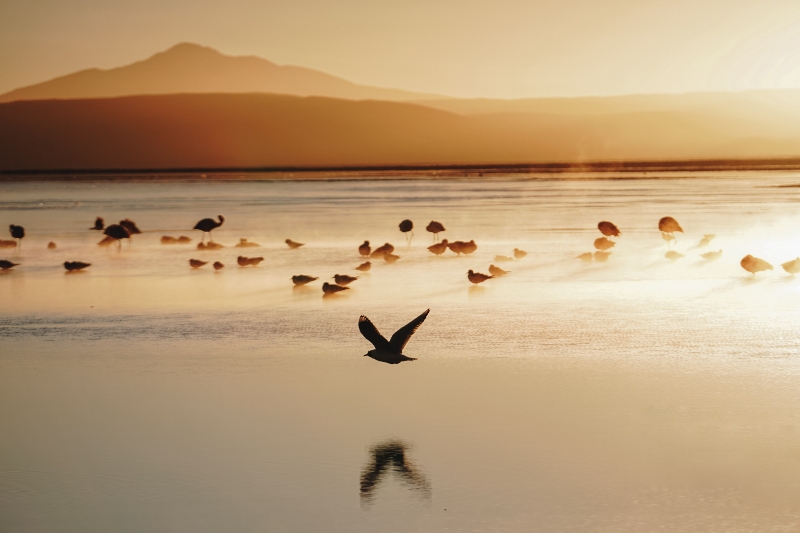
Overview of Bolivia’s Rich Wildlife
Not many travelers know the full extent of Bolivia’s wildlife, which on the one hand is a blessing as it keeps the crowds away but on the other is a shame as visitors miss out on extraordinary wildlife experiences. The country’s national parks, nature reserves and protected areas are teeming with all types of animals and birds – offering a kaleidoscope of biodiversity.
The Amazon covers a significant portion of Bolivia’s territory and hosts an incredible assortment of species. This includes Jaguars, Pumas and Giant River Otters. Numerous birds like Toucans, Macaws and Harpy Eagles add further vibrancy to the lush canopy. The rivers and wetlands of the Amazon are also home to Caimans, Anacondas and unique Pink River Dolphins.
Then the Andean regions of Bolivia present a distinct landscape with elusive creatures like the Andean Condor soaring overhead. Lake Titicaca, the world’s highest navigable lake, is another significant spot harboring several endemic species of fish and the Titicaca Water Frog (which is sadly endangered). Not to mention Bolivia’s cloud forests, perched between the Andes and the Amazon, which boasts a unique blend of both ecosystems’ wildlife. Spectacled Bears and many orchid species thrive.
Madidi National Park stands out for its wildlife as well. It shelters a variety of plants and animals, including the rare Oncilla Cat species and Short-Faced Bear. Kaa Iya National Park too which is part of the Gran Chaco – the largest dry forest on earth (larger than Belgium) and home to a viable long term population of Jaguars, Pumas, and endemic and endangered species like the previously declared extinct Chaco Peccary. It receives less than 50 tourists a year and is one of the world’s best big cat viewing destinations.
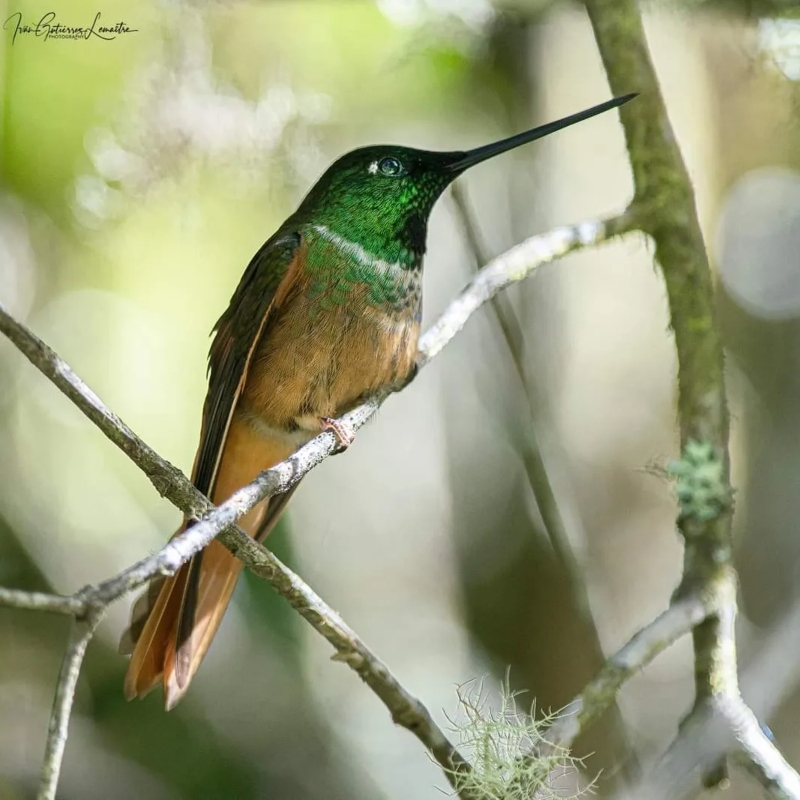
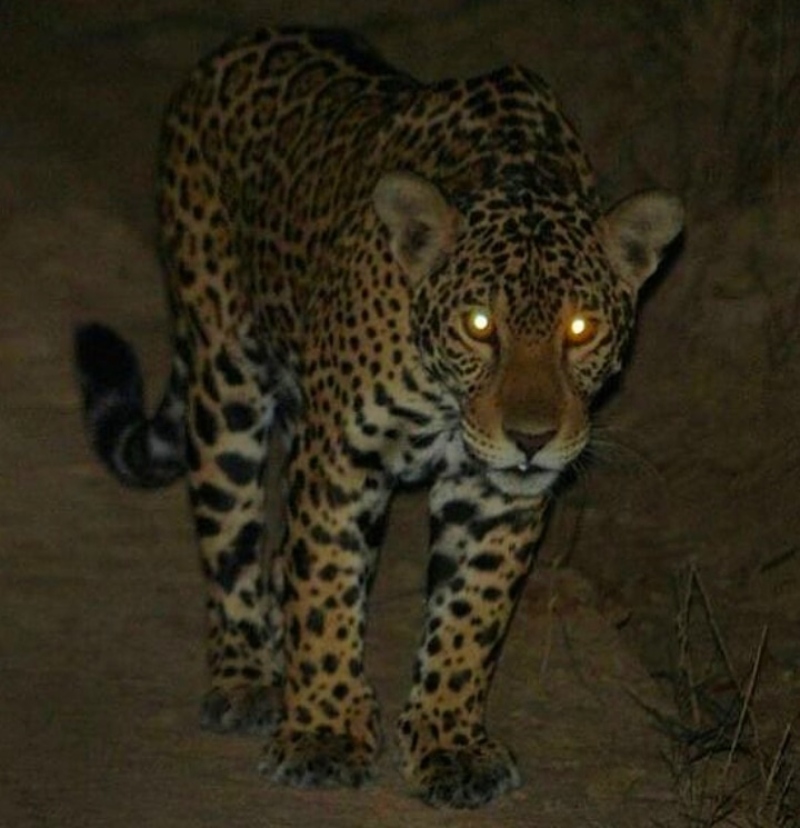
Iconic Species Found in Bolivia
Mammals:
- Jaguars: The largest big cat species in the Americas, Jaguars inhabit the rainforests, grasslands and wetlands of Bolivia. They act as top predators and ensure a balanced ecosystem. They are known for their powerful build and beautiful coat pattern. Yet, Jaguars face threats like habitat loss. Anti-poaching measures aim to help these creatures thrive. Be sure to book Jaguar photo tours to Jaguarland Reserve and Kaa Iya National Park with Nick’s Adventures – a company run by an Australian/Bolivian couple.
- Giant Anteaters: Found in the grasslands and forests of Bolivia, the Giant Anteater uses its long snout and sticky tongue to feed on ants and termites. Giant Anteaters play a vital ecological role as insectivores, regulating insect populations and maintaining ecosystem balance. That being said, habitat degradation and road accidents pose serious threats to their survival. Conservation efforts today focus on preserving their habitats.
- Spectacled Bears: Otherwise known as Andean Bears, these mammals are a unique and endangered species. They have beige facial markings resembling eyeglasses. These majestic creatures predominantly live in the cloud forests and high-altitude grasslands of Bolivia, adapting to a vegetarian diet of plants, fruits and bromeliads. To observe their beauty, consider the Andean Bear Conservation Tour with Nick’s Adventures.
- Sloths: Bolivia is home to a diverse range of sloth species, including the Two-Toed and Three-Toed Sloth. These charismatic creatures are adapted to a slow-paced lifestyle, spending most of their time hanging upside down in trees. Their unique behavior – such as extremely slow movement and symbiotic algae growth on their fur – make them fascinating subjects for both research and ecotourism in Bolivia’s lush rainforests. Nick’s Adventures has an award-winning half day tour from Santa Cruz to observe Sloths in the wild, click the link here if you are interested.
- Capuchin Monkeys: In the biodiverse landscapes of Bolivia, Capuchin Monkeys stand out with their indelible appearance and resourceful behaviors. These intelligent primates, characterized by their cowl-like tufts of hair, are found in diverse environments that span from dense rainforests to vast savannas. Renowned for their tool-using capabilities and omnivorous diets – they eat fruits, insects and small vertebrates.
- Giant River Otters: In the waterways of Bolivia, the Giant River Otter reigns as a captivating and endangered species. These social creatures, known for their remarkable size and playful behaviors, thrive primarily in freshwater ecosystems like rivers, lakes and swamps. With a habitat range extending from the Amazon rainforests to the Pantanal wetlands, they are adept swimmers and skillful hunters of fish and crustaceans. Sadly, habitat degradation and poaching are common with the Giant River Otters.
- Maned Wolves: The enigmatic Maned Wolf, a distinctive canid species, roams the landscapes of Bolivia with an air of mystery. Resembling foxes on stilts, these solitary animals possess striking reddish fur and tall, erect manes. Preferring grasslands and scrub forests, they are often found in the open habitats of central South America – including parts of Bolivia. Despite their unique appearance, they are relatively unknown to travelers.
- Pumas: Bolivia’s Pumas, apex predators of the Andes and Amazon, epitomize South American wilderness. With adaptable habits around Bolivia, these stealthy felines range from mountainous terrains to thick rainforests. Their tawny coats and exceptional hunting prowess define them as animals – often preying on deer, rodents and small mammals.
- Pink River Dolphins: Bolivia’s rivers are home to enchanting Pink River Dolphins. Residing in the Amazon basin, these unique mammals boast a captivating pink hue and thrive in freshwater habitats. Social and intelligent, they exhibit playful behaviors and communicate with loud vocalizations. Conserving their homes is crucial for their survival.
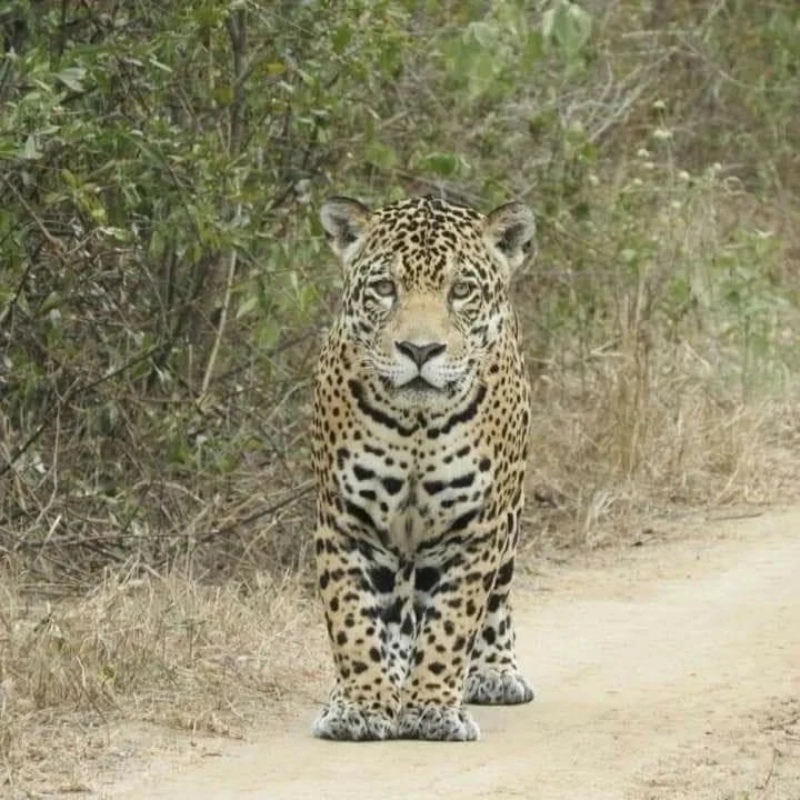
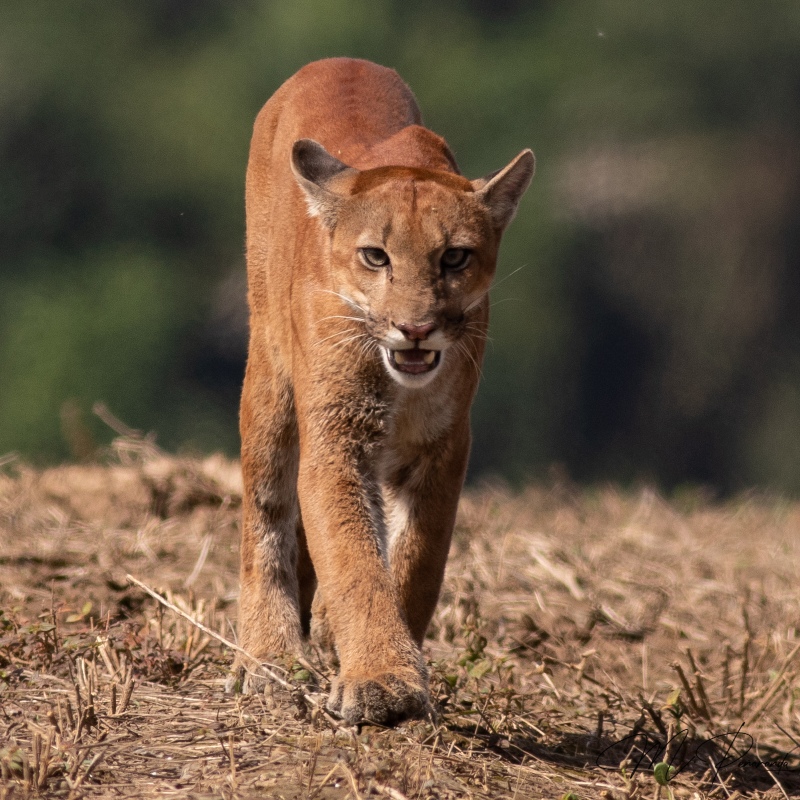
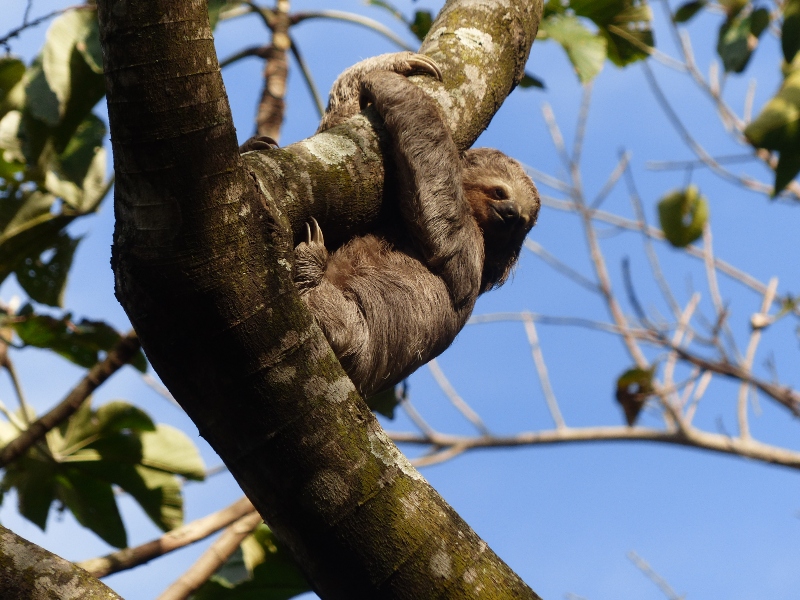
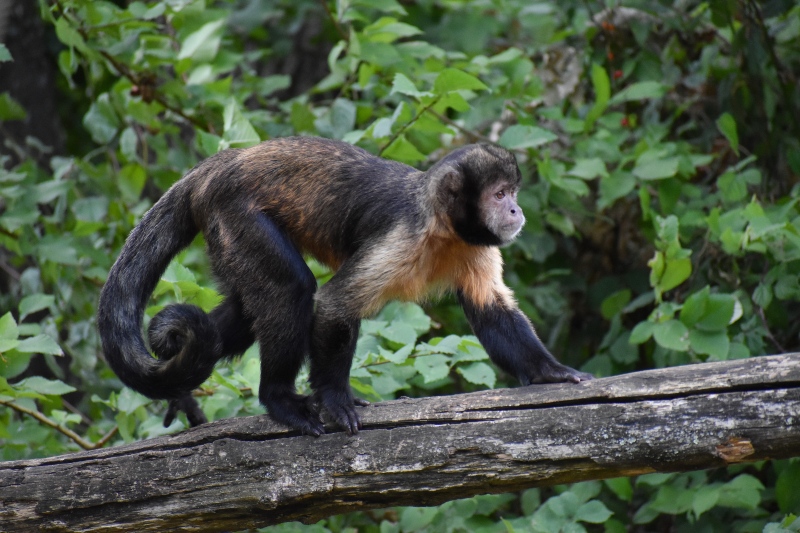
Birds:
- Blue-Throated Macaws: Critically endangered, the Blue-Throated Macaw finds refuge in Bolivia’s Beni Savannas. Their vivid blue feathers and mesmerizing yellow eyes set them apart. Habitat loss and illegal trade imperil these stunning birds, underscoring the urgency of protecting their Bolivian habitats and curbing illicit activity. Today, the total estimated population of Blue-Throated Macaws sits at a maximum number of 455.
- Toucans: Toucans in Bolivia’s verdant landscapes are a breathtaking sight, their colorful beaks and playful antics adding life and atmosphere to the forests. From the Amazon to other woodlands, they thrive, with their unique bills and calls making them extraordinary. Witnessing these Toucans offers a rare connection to nature’s beauty and diversity. Their presence, however, is threatened by deforestation and illegal trade.
- Andean Cock-of-the-Rocks: In Bolivia’s mystical cloud forests, the Andean Cock-of-the-Rock birds reign supreme with their flamboyant displays. Their striking orange plumage and unique courtship dances make them a sight to behold for visitors. Dwelling in Andean foothills, they gather in leks to compete for mates. Witnessing their rituals is a rare treat, emphasizing the importance of preserving their habitats for future generations.
- Hoatzins: Bolivia’s Hoatzin birds, mysterious and almost prehistoric-looking, inhabit the lush wetland landscapes. Known as “stinkbirds” due to their unique digestive system, they emit an odor when threatened. Nesting over water, their chicks have clawed wings for climbing. Hoatzins’ diet of leaves and flowers is somewhat unusual for birds. These charismatic creatures embody the diverse wonders of Bolivia’s wetland ecosystems.
- Andean Condors: The Andean Condor, an iconic symbol of the Andes mountains, graces Bolivia’s skies. With colossal wingspans and unique white collars, they are among the world’s largest flying birds. Residing in mountainous regions and deep canyons, they are excellent gliders – using thermal currents for effortless soaring. These scavengers hold cultural significance and showcase the beauty of the wildlife in Bolivia.
- Harpy Eagles: The Harpy Eagle commands immediate attention with its massive size and distinctive crests. Sporting talons the size of a Grizzly Bear’s claws, they are efficient hunters of sloths and monkeys. Situated in the dense Amazonian jungles of Bolivia, these proud raptors hold cultural significance for indigenous communities. However, like much of the wildlife in Bolivia, habitat loss and poaching jeopardize the overall population.
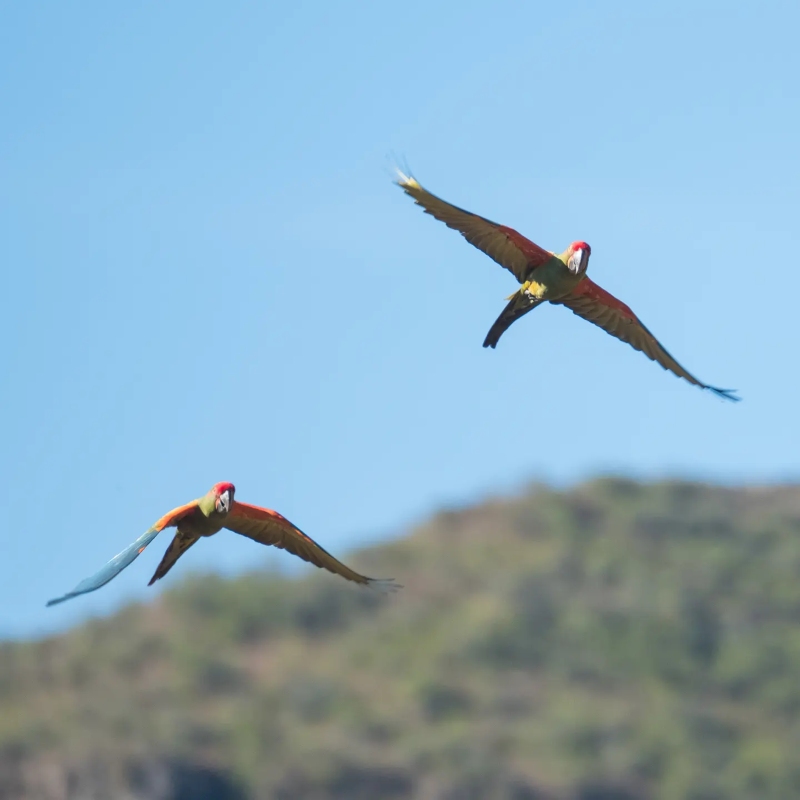
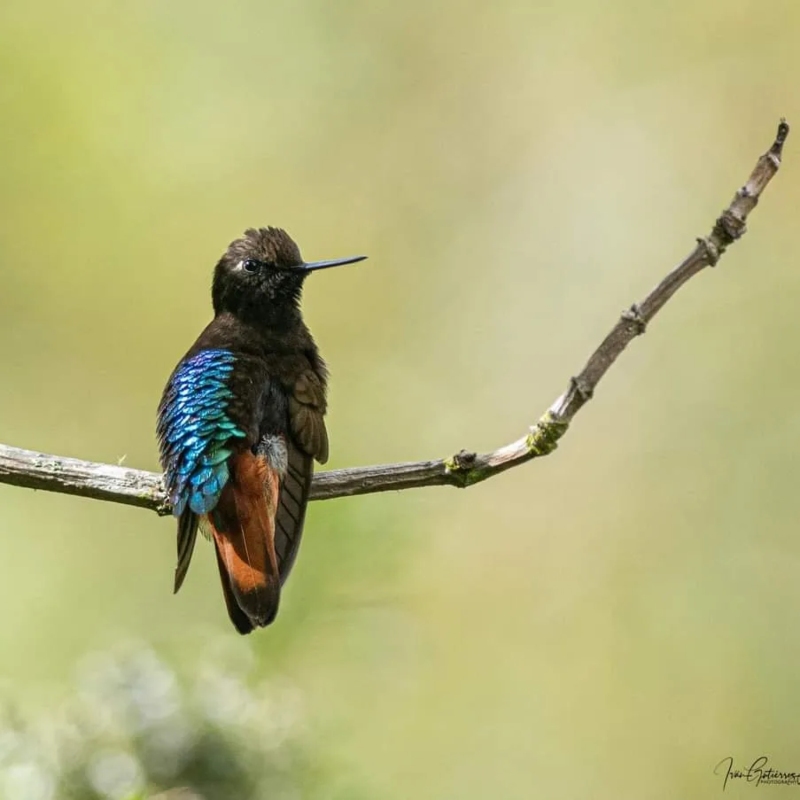
Reptiles and Amphibians:
- Anacondas: In Bolivia’s aquatic realms, Anacondas, the world’s largest snakes, glide stealthily through marshes and rivers. These powerful constrictors are adept swimmers, often lurking beneath the water’s surface to ambush prey like fish and birds. Found in the Amazon forests and wetlands, their size and behavior inspire both awe and curiosity.
- Poison Dart Frogs: Poison Dart Frogs shine with their vibrant hues and toxic nature. These small amphibians, found in regions like the Amazon basin of Bolivia, secrete potent toxins through their skin – a natural defense mechanism against predators. The indigenous people of South America have been known to use these toxins to poison blowgun darts.
- Green Iguanas: Thriving in Bolivia’s lush landscapes, Green Iguanas display their iconic emerald hues. Found in tropical areas including rainforests, they are excellent climbers and swimmers. Basking in the sun to regulate body temperature, they are herbivores that feast on leaves, fruits and flowers. These fascinating reptiles are a must-see for wildlife tourists.
- Spectacled Caimans: This unique crocodilian is found in Bolivia’s tranquil waterways and wetlands. It gets its name from the bony ridge located between its eyes that resembles glasses. These small-sized crocodilians are skilled hunters eating fish, birds and amphibians. Their adaptability to various aquatic habitats underscores their ecological importance.
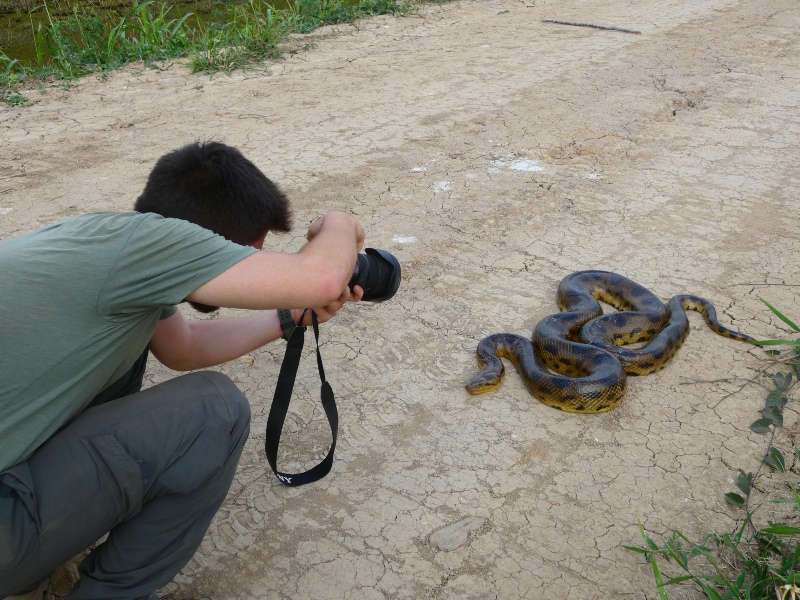
Fish:
- Piranhas: Piranhas are carnivorous fish that are notorious for their sharp teeth and feeding frenzies. They inhabit freshwater bodies like rivers and lakes in Bolivia. These fierce predators primarily feed on fish, using their powerful jaws to tear through flesh. Their social behaviors include hunting in groups, sometimes making them a concern for swimmers.
- Arapaimas: Arapaimas, colossal freshwater fish, are located in Bolivia’s Amazonian waterways. These giants can reach over 10 feet in length and are known for their unique ability to gulp air at the surface due to low oxygen levels in their habitats. Their prominence as top predators and their importance in local fisheries underline the need for conservation.
Insects and Invertebrates:
- Butterflies: Bolivia boasts a vast array of colorful butterfly species due to its varied ecosystems, including the famous Blue Morpho. From eerie cloud forests to remote savannas, these delicate creatures play pivotal roles as pollinators. Their behaviors, from intricate mating dances to migration patterns, highlight their ecological significance. Studying these magical butterflies offers insights into biodiversity and ecosystem health.
- Goliath Birdeater Spiders: Bolivia’s rainforests house Goliath Birdeater Spiders, known for their enormous size and striking appearance. These tarantulas can span up to 12 inches in leg span. Despite their name, they rarely prey on birds. Instead, they feed on insects, frogs and small rodents. Their nocturnal and solitary habits contribute to their sense of mystique.
Best Wildlife Tours in Bolivia
As you can see from the list above, exploring Bolivia’s wildlife is an exhilarating journey that promises encounters with some of the world’s most diverse and exotic species. For travelers seeking an unparalleled wildlife experience in Bolivia, Nick’s Adventures stands as a superb choice. With their commitment to providing an intimate encounter with wildlife, Nick and his team offer an unmissable opportunity for nature lovers.
Unlike generic tours, Nick’s Adventures is renowned for crafting experiences that immerse participants in the heart of Bolivia’s wildlife. Their tours ensure that every traveler not only witnesses captivating creatures but also connects with their habitats on a profound level. From tracking big cats on the Jaguar Land – Private Reserve Tour to observing vibrant birdlife on the Eastern Bolivia Birdwatching Tour, Nick’s Adventures goes above and beyond to create authentic wildlife interactions.
Guided by their passion for conservation and education, Nick’s Adventures stands as a beacon of responsible tourism. By choosing to travel with them, explorers can help contribute to the preservation of Bolivia’s delicate ecosystems. Led by experienced (and bi-lingual) naturalists and local experts, who work closely with indigenous communities, these tours provide invaluable insights into the region’s flora and fauna – fostering a deeper appreciation for the importance of safeguarding the environment.
One of the standout features of Nick’s Adventures is their dedication to small groups and customized experiences. This deliberate choice ensures that each traveler enjoys personalized attention and ample chances to engage with the surroundings. With small group sizes, participants can move quietly through the landscape, minimizing disturbances and increasing wildlife encounters. Whether it’s spotting Capuchin Monkeys in their natural play or admiring the elegance of Andean Condors soaring high, the intimate group setting amplifies the experience.
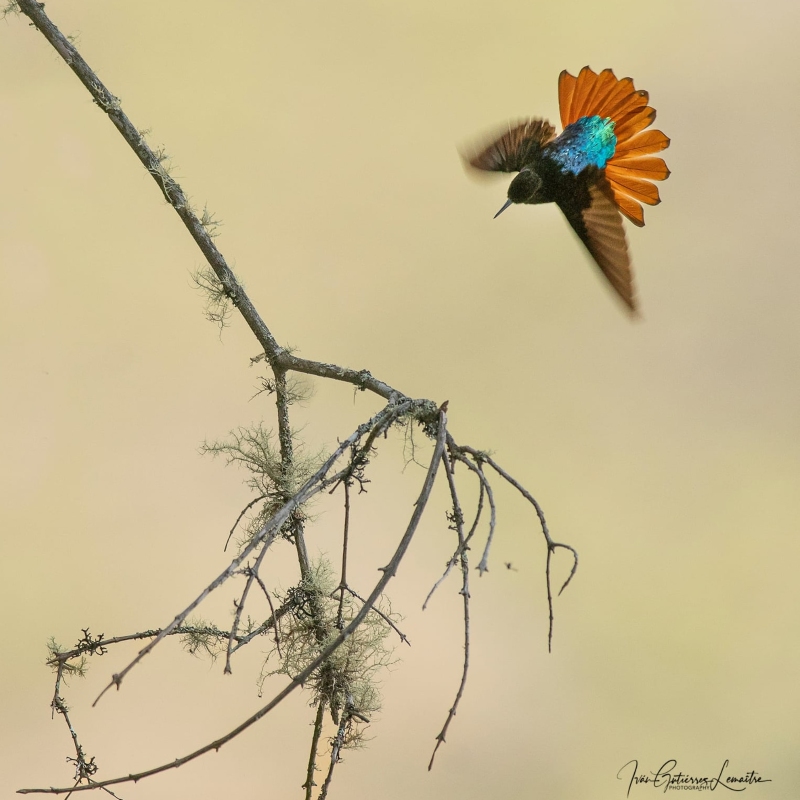
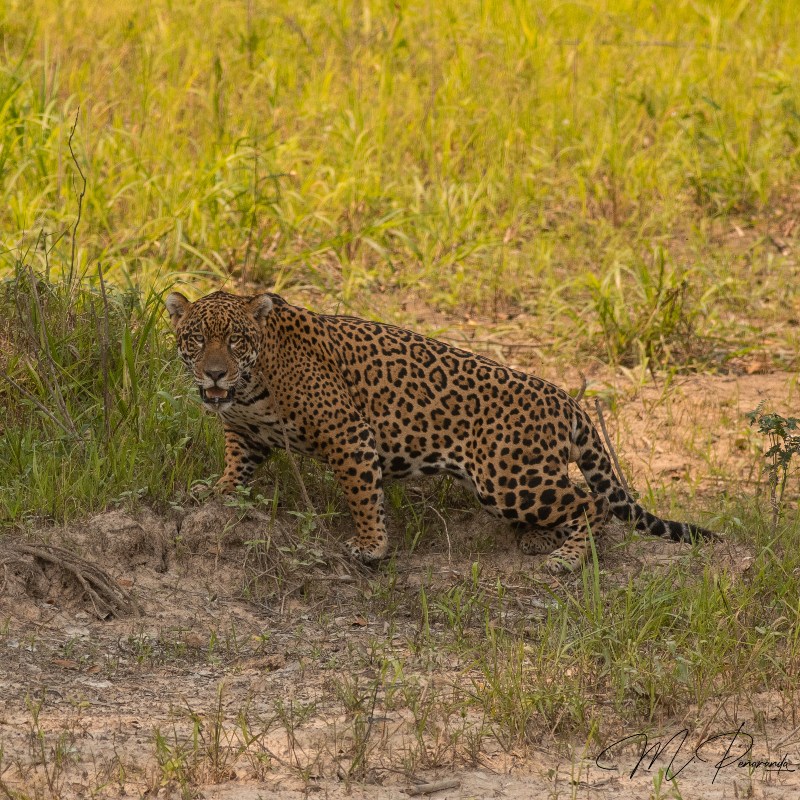
5 Tips to See the Wildlife of Bolivia
- Research and Plan Ahead: Research the different regions and national parks in Bolivia known for their epic wildlife diversity, such as Madidi National Park, Amboro National Park and the Pantanal wetlands. Learn about the types of animals you might encounter and their habitats. This will help you appreciate the wildlife you come across in these places.
- Choose Responsible Tour Operators: Opt for the best tours in Bolivia that prioritize sustainable and responsible wildlife viewing practices. Look for companies like Nick’s Adventures that adhere to guidelines to minimize environmental impact and prioritize the well-being of the animals. Ensure the company only hires local guides who are knowledgeable about the local wildlife and ecosystems. They can help you spot animals you might otherwise miss and provide valuable insights into their habits.
- Respect Wildlife and Their Habitats: When exploring nature destinations in Bolivia, like Noel Kempff Mercado National Park, keep a safe and respectful distance from animals to avoid causing stress or altering their natural behavior. Stay on designated paths and trails to minimize disturbance to their habitats. Spend time observing and waiting quietly in natural settings, and you will have a better chance of encountering animals.
- Pack Appropriate Gear: Depending on the regions you plan to visit, pack appropriate clothing, footwear and gear. Bolivia’s climate varies significantly – from the humid rainforests of the Amazon to the chilly Andean altitudes. Bring a pair of binoculars and a good camera with a zoom lens as well to capture distant wildlife without getting too close.
- Be Mindful of Health and Safety: Be prepared for potential health risks such as mosquito-borne illnesses like Yellow Fever. Consult with a travel health professional before your trip and take necessary precautions. Check if you are up-to-date with all the necessary vaccinations and be sure to protect your skin when traveling through the Amazon rainforest.
